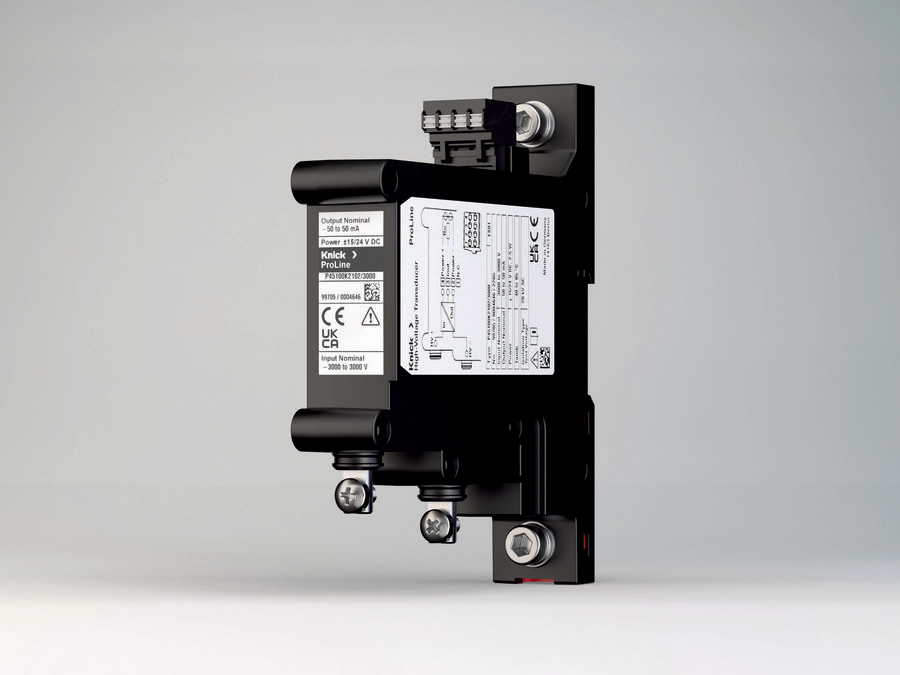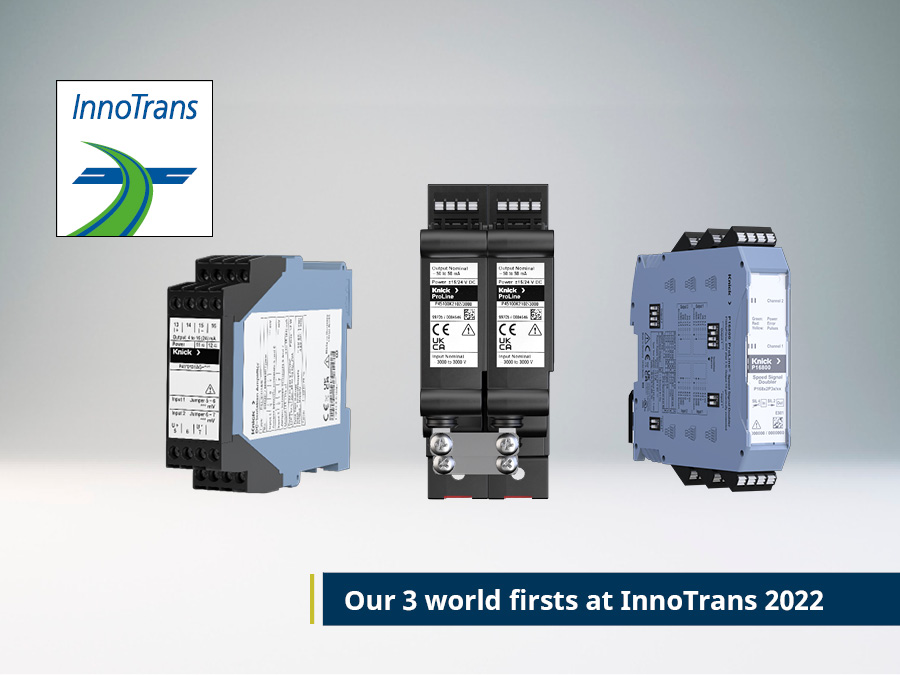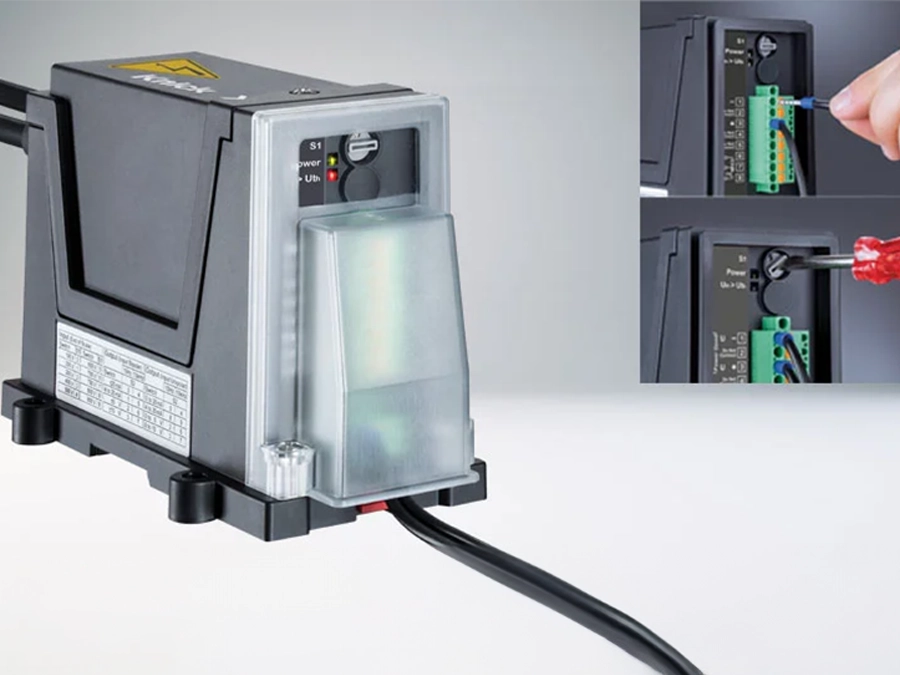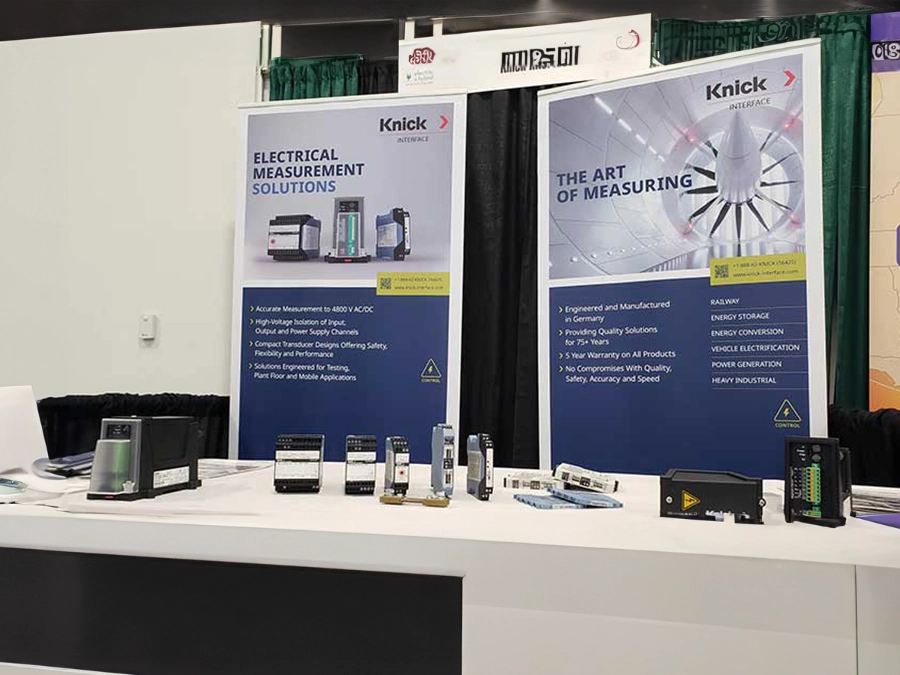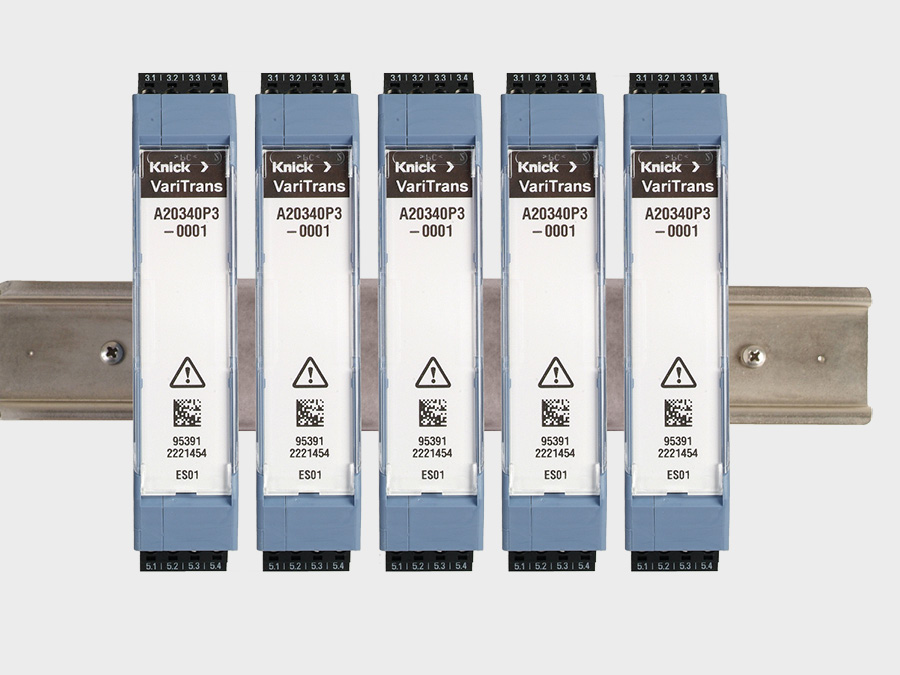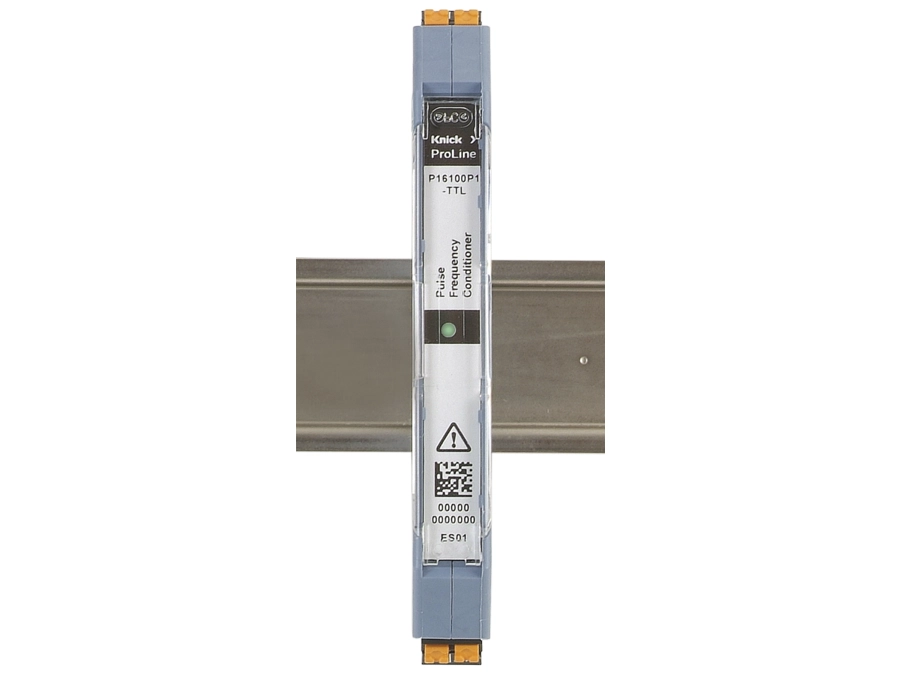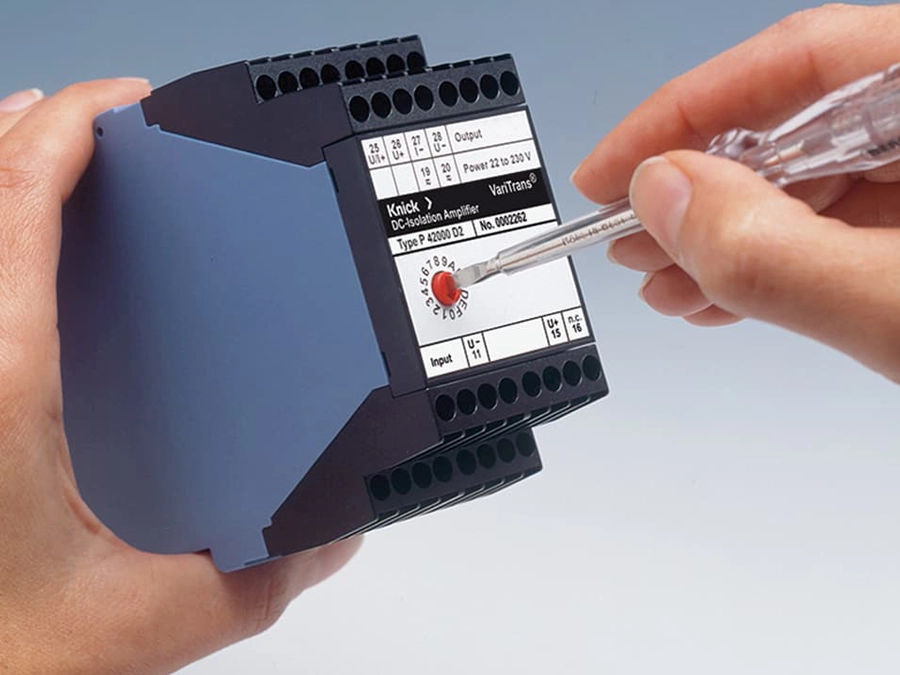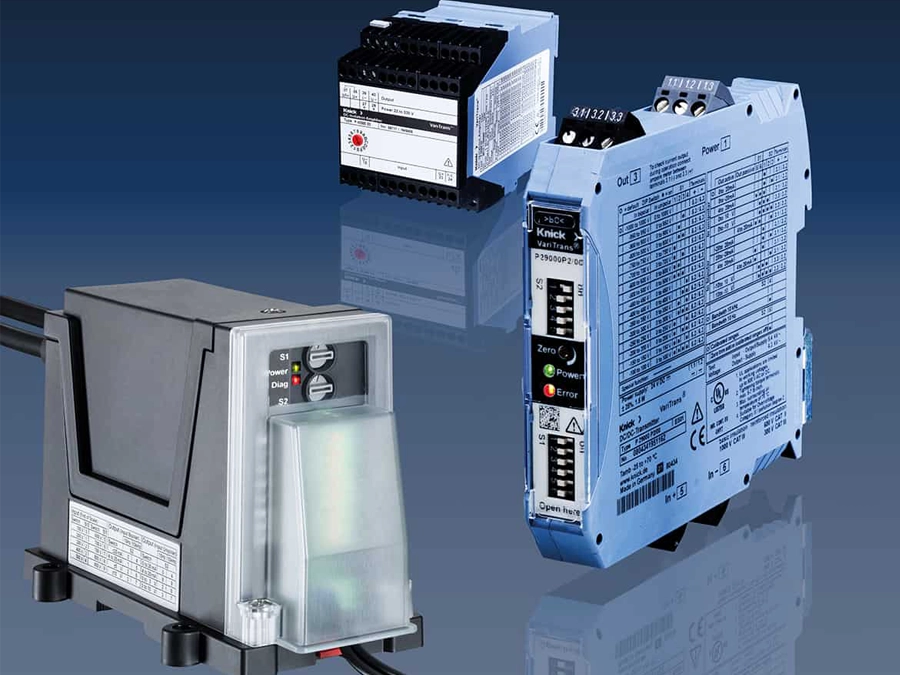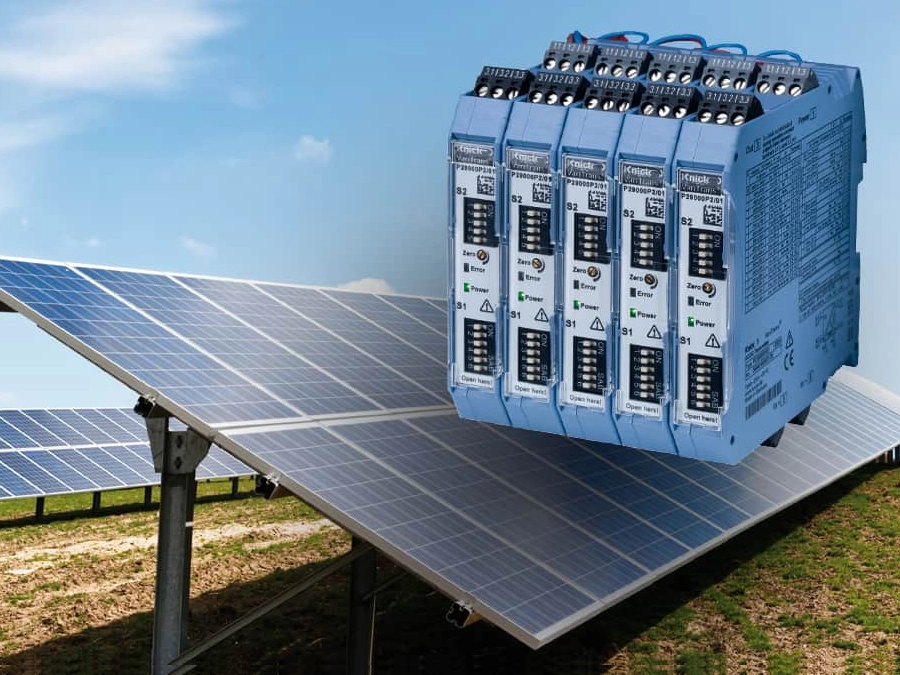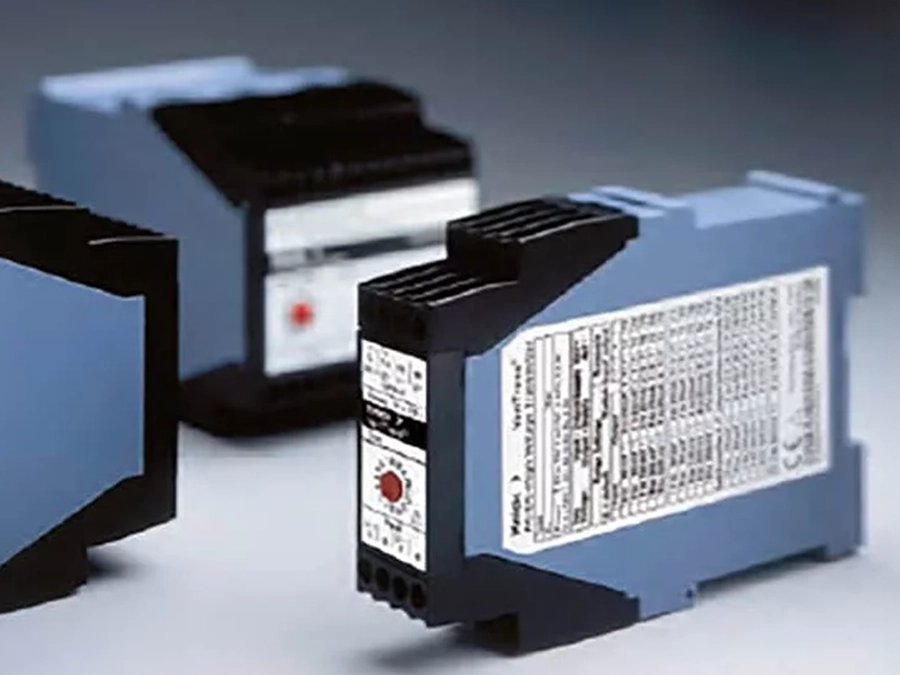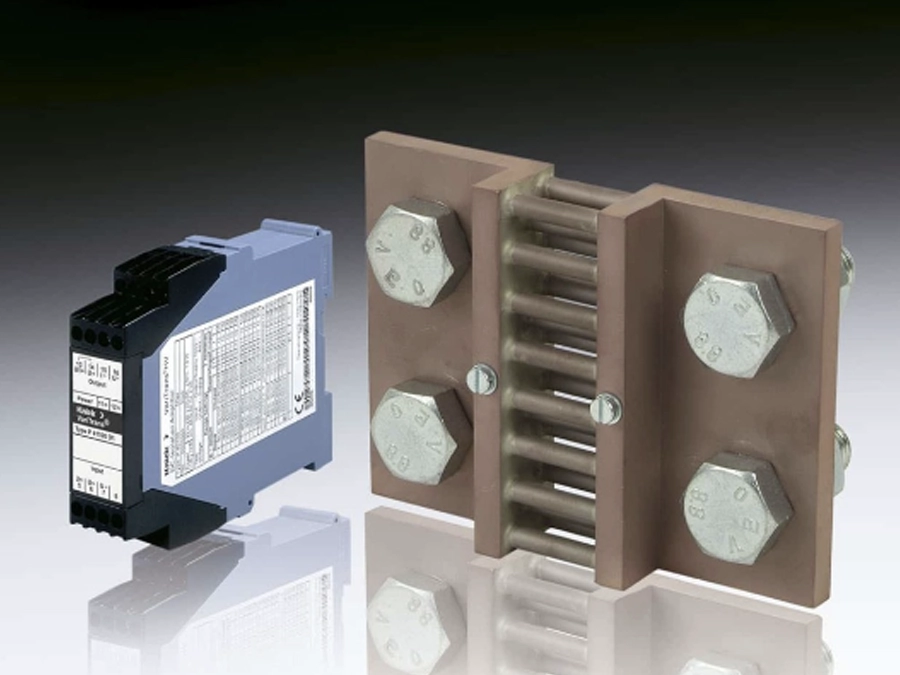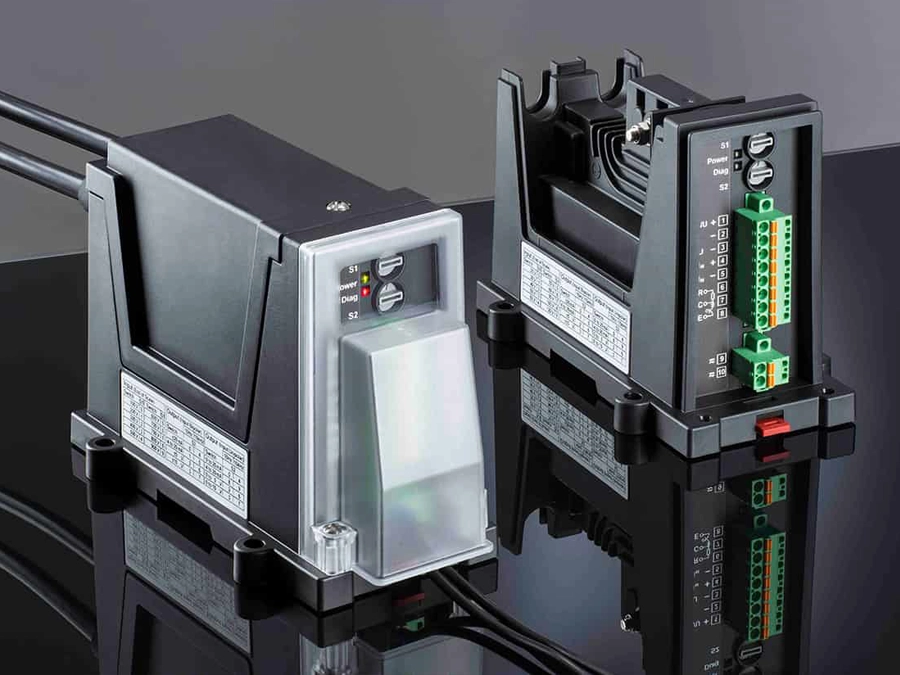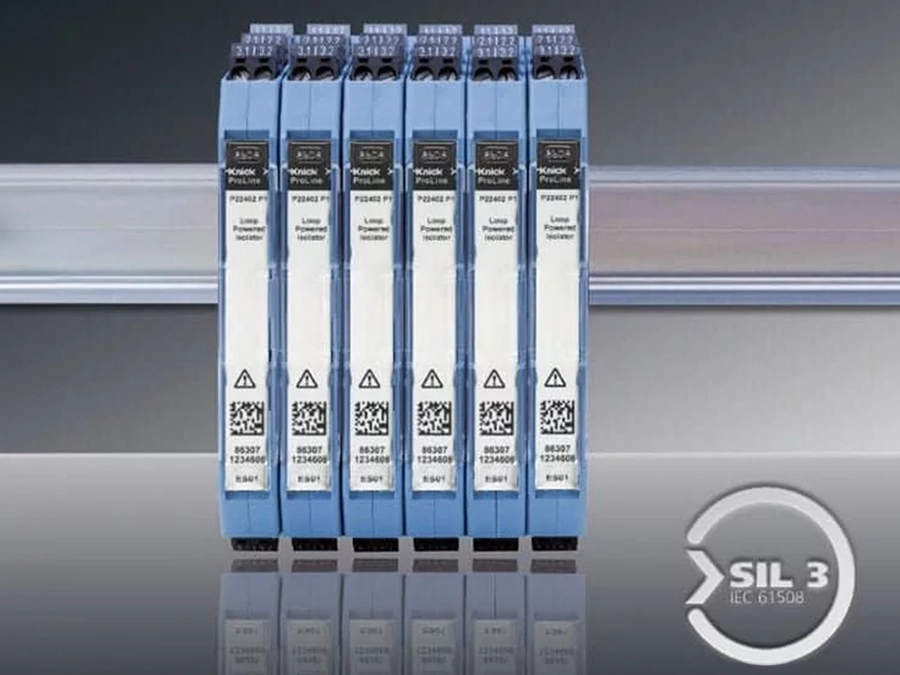Industry/Process/Application
Intro Text, Trend, Teaser
Datos clave de la aplicación
Sector
Medición de la tensión continua para la interfaz entre el vehículo y el cargador
Aplicación
Verificación de la conexión de carga y conexión con otros sistemas de a bordo
Parámetro medido
Tensión hasta 1500 V CC, señal de salida estándar 4-20 mA o 0-10 V CC
Requisitos clave
Componentes compactos para el vehículo, ya que el espacio es escaso
La calidad de la medición desempeña un papel vital para garantizar el tiempo de actividad del vehículo.
Aislamiento seguro de altas tensiones; necesario para la protección en el tránsito de pasajeros

Medición de tensión continua a bordo al pantógrafo
Descripción de la aplicación
Una caja de interruptores de CC (también en el techo del vehículo) contiene componentes que verifican la conexión correcta de la carga y, por tanto, la tensión correspondiente, y se conecta con otros sistemas de a bordo.
Requisitos de la aplicación
El espacio en la caja de conmutación de CC es escaso, por lo que es importante que las soluciones consideradas para la supervisión y el aislamiento de la tensión no sólo sean de alto rendimiento, sino también compactas.
¿Por qué Knick?
El Knick P42000 D2 es un transductor de tensión compacto con capacidad de medida y aislamiento continuo de hasta 2200 V CC. Tiene una anchura de sólo 45 mm, clave para su consideración en aplicaciones en las que el ahorro de espacio es importante. La calidad de la medida se garantiza mediante un error de ganancia < 0,3 %, un tiempo de respuesta T90 de 110 μs y una frecuencia de corte de 5 kHz.
Headline H2
Lorem ipsum dolor sit amet, consetetur sadipscing elitr, sed diam nonumy eirmod tempor invidunt ut labore et dolore magna aliquyam erat, sed diam voluptua. At vero eos et accusam et justo duo dolores et ea rebum. Stet clita kasd gubergren, no sea takimata sanctus est Lorem ipsum dolor sit amet. Lorem ipsum dolor sit amet, consetetur sadipscing elitr, sed diam nonumy eirmod tempor invidunt ut labore et dolore magna aliquyam erat, sed diam voluptua. At vero eos et accusam et justo duo dolores et ea rebum. Stet clita kasd gubergren, no sea takimata sanctus est Lorem ipsum dolor sit amet.
Headline H3
Lorem ipsum dolor sit amet, consetetur sadipscing elitr, sed diam nonumy eirmod tempor invidunt ut labore et dolore magna aliquyam erat, sed diam voluptua. At vero eos et accusam et justo duo dolores et ea rebum. Stet clita kasd gubergren, no sea takimata sanctus est Lorem ipsum dolor sit amet. Lorem ipsum dolor sit amet, consetetur sadipscing elitr, sed diam nonumy eirmod tempor invidunt ut labore et dolore magna aliquyam erat, sed diam voluptua. At vero eos et accusam et justo duo dolores et ea rebum. Stet clita kasd gubergren, no sea takimata sanctus est Lorem ipsum dolor sit amet.
Productos relacionados
Industrias y aplicaciones relacionadas
E-Mobilty Broschüre
Titel des Dokuments (de) Donec pede justo, fringilla vel, aliquet nec, vulputate eget, arcu. In enim justo, rhoncus ut, imperdiet a, venenatis vitae, justo

E-Mobilty Broschüre
Titel des Dokuments (de) Donec pede justo, fringilla vel, aliquet nec, vulputate eget, arcu. In enim justo, rhoncus ut, imperdiet a, venenatis vitae, justo













